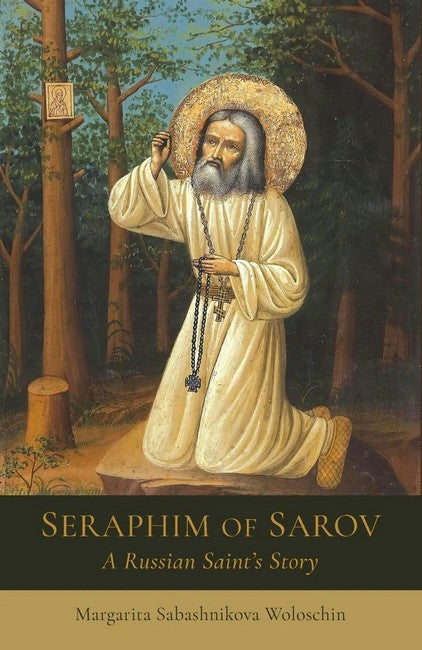Margarita Vasilievna Woloschin (née Sabashnikova) was born in Moscow and traveled extensively with her family already as a child, in Europe and throughout Russia. In her youth, she was recognized as a painter of great promise, and was well known as an artist by the age of twenty-one.
Her active, searching spirit and deeply religious nature led her, in 1905, to Rudolf Steiner, who was then the leader of the German Section of the Theosophical Society. This encounter proved decisive for her entire life. She united herself with the work of Rudolf Steiner, heard many of his early lecture cycles, and became a friend and coworker of those who first carried forward the impulse of anthroposophy. She worked as a painter, under Rudolf Steiner’s direction, on the original Goetheanum in Dornach, Switzerland.
Her love of Russia and her wish to be part of its destiny drew her back to Petersburg and Moscow during the early days of the revolution. Thus, between 1917 and 1922 Woloschin was an active leader of the Russian Anthroposophical Society and was the first to bring the art of eurythmy to Russia.
At the end of 1922, seeing no possibility for free cultural life in Soviet Russia, Woloschin left for Germany. The Russian Anthroposophical Society soon ceased to exist.
She lived the rest of her life in Stuttgart, wholly dedicated to anthroposophy until the end.
Her memoir, Die grüne Schlange (The Green Snake), was published in German in 1954; it contains priceless material about the construction of the First Goetheanum and the early days of the anthroposophical movement.
Margarita Woloschin died on November 2, 1973, aged 91.

